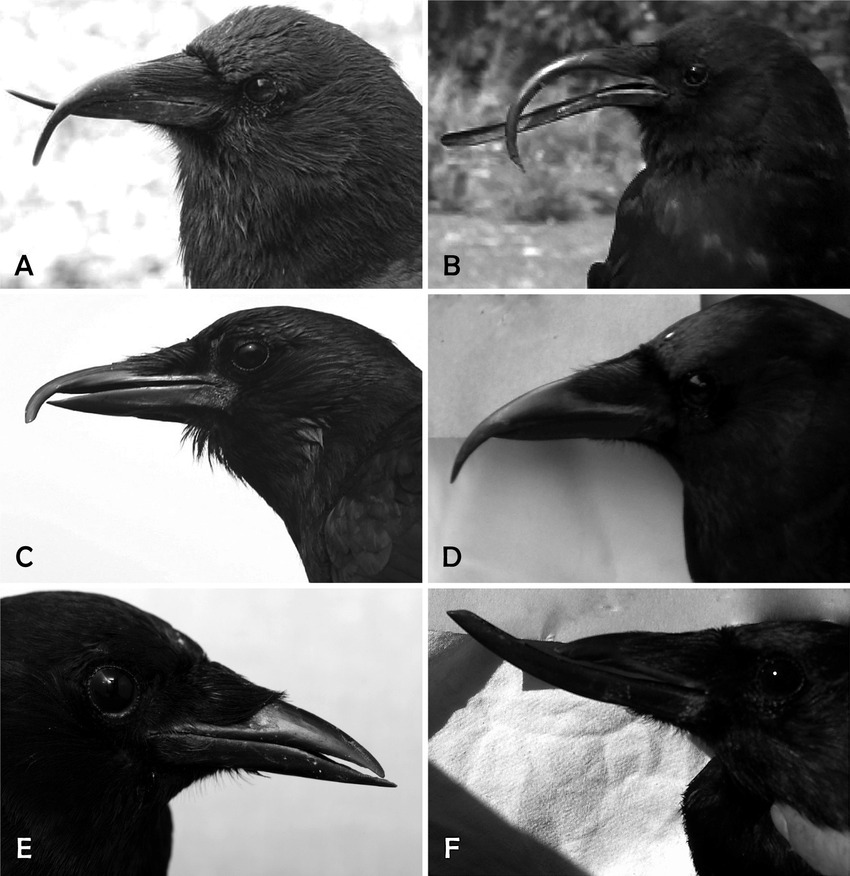| Guide | How to deal with beak problems |
| Target group | Corvids |
| Authors | helpthecrows@gmail.com |
| Version | 20220512 |
| NOTE: In all my guides, I start from a situation where a rehabilitator takes his responsibility to take care of the animals in an ethically correct way. You should always try to minimize stress for the bird and since the birds, just like humans, are not the same, it can mean that you handle a problem in different ways by being creative! If I see different ways of doing the same thing, I try to write it down in my guides, but it is always up to the rehabilitator to take their own responsibility. I do not have to write “I recommend putting the bird down” or “contact a veterinarian” or “according to law, you should …” because I start from the situation where you do the best for the bird and that you as a rehabilitator have learned to draw the line so that you do not end up in an unwanted or illegal situation. There may be an eternal battle between what you want and what is best for the bird. There are also many factors where a similar situation can give different results. For example: access to a veterinarian, lack of time, lack of knowledge and previous experience can include cause large differences in the treatment and decision-making process and indirectly also the end result. Knowledge of basic things can make a huge difference in the stress level of the crow. For example. avoid anything that is black or checkered. They do not like it instinctively and it creates stress when they see that you are dealing with something that is black. I put energy into my guides to make it easier for a rehabilitator to find information and to spread knowledge. Do you see a way to improve my guides or do you see a mistake or do you want to add something, feel free to inform me! If you are worried about doing something because it is new, ask other rehabilitators or a veterinarian for help. The guides are continuously updated, so make sure to always download the latest version from www.corvidlove.com |
This guide describes what to do with birds that have beak problems.

Cause
Birds can have various problems that cause beak deformity.
It may be parasites that are the cause
It may be an accident that is the cause
It may be that the bird did not get enough UV-B light that is the cause
It may be a lack of a certain form of nutrition that is the cause
It may be that the bird does not have access to a way to take care of the beak itself
Because beak problems can be due to so many different things, it is not possible to enter on details what the cause may be.
Concentrate on the particular bird that you intend to help right now. What could be the reason for this particular individual to get these problems?
Whatever the reason, you need to do something so that our friend can eat normally. If it is just a small deviation, then it is not so much work and a single treatment can solve everything.
If it is a major malformation of the beak (as in picture no. B), it may take longer to solve the problem (you need to do it in several steps and it will take months). The chance that it will be good is great.
What you need to be able to help the bird:
You need a good wide foot file.
NOTE: You can find plenty of guides online where you use a regular file for nails, but with the crows’ powerful beaks, it will take too long to file a beak with one, so buy a good foot file. It does not cost much and can be bought at almost any supermarket and pharmacy.

There are animal rehabilitators who use a Dremel or a cutting pliers, because they are used to it, but when it comes to a crow, I would not use one without experience.
A pair of pliers can make the problem even worse. It can break off the beak in the wrong place, because you do not have 100% control.
A Dremel that runs on electricity makes lots of “engine noise”. It stresses a bird unnecessarily much and you hardly gain time using a Dremel. Should a bird make a sudden violent movement, the Dremel can get in the wrong place and injure the bird.
So how do you file the beak?
Before we continue, it is good to realize that what you do can be dangerous for the bird. If you make a mistake, you will hurt the bird. I’m not saying this to make you nervous, but should you doubt yourself, make an appointment with the vet to let them file their beaks. If things go wrong, they have the opportunity to intervene.
It looks like in picture no. C and D, so you do not have to be nervous. It is easy to do it yourself.
Step 1) Put a towel around the bird as in the picture

Step 2) Place the bird on its back in your lap, with your head farthest away from you.
Step 3) File off the protruding piece. Keep in mind that a bird has blood supply to its beak. You just have to file away the “little bit” that sticks out.
NOTE: If there is quite a lot that stands out or the whole beak is in poor condition, you need to consult a veterinarian or someone who has knowledge of beaks.
If you doubt whether it is possible to file a beak with a regular foot file, then send me a clear picture of the beak.